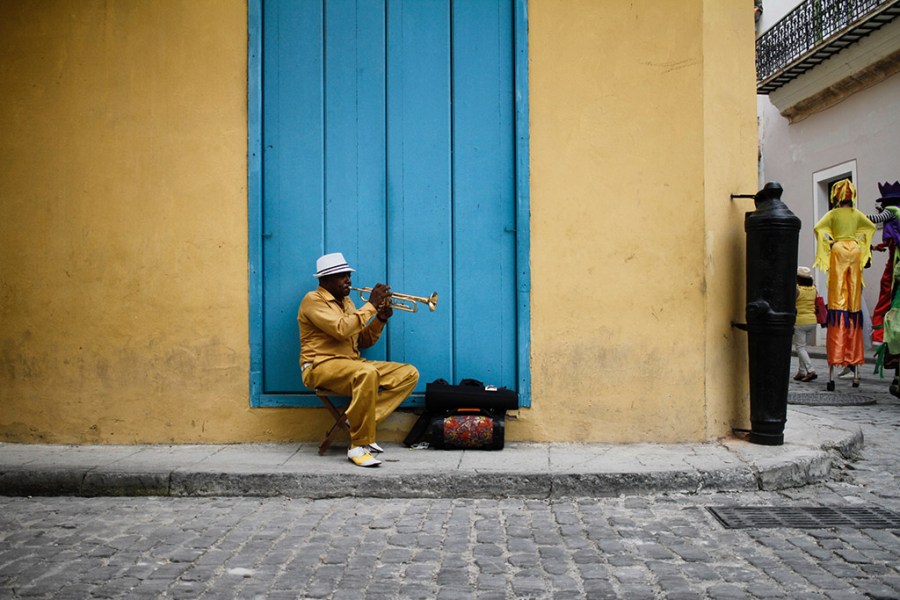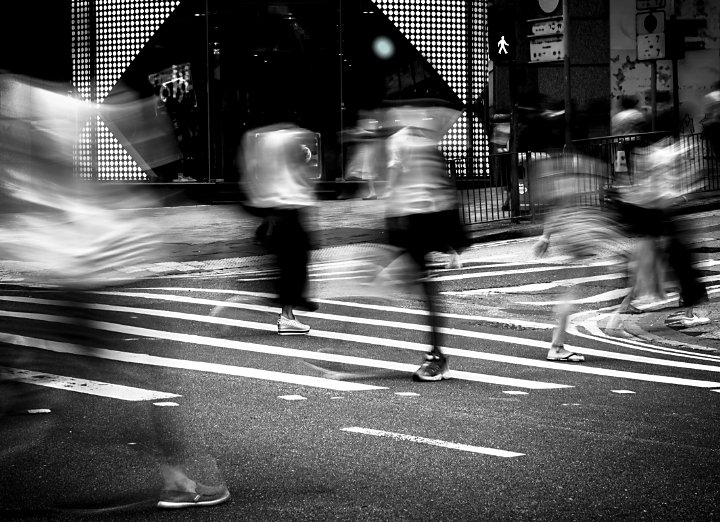All about Street Photographers
All about Street Photographers
Blog Article
Street Photographers for Beginners
Table of ContentsStreet Photographers for DummiesThe Buzz on Street PhotographersExamine This Report about Street PhotographersThe Ultimate Guide To Street PhotographersSome Known Details About Street Photographers
, a category of photography that records daily life in a public place. The actual publicness of the setup enables the professional photographer to take candid photos of strangers, typically without their expertise. Road digital photographers do not necessarily have a social objective in mind, however they choose to separate and capture minutes which may otherwise go unnoticed.Though he was affected by several of those who influenced the road photographers of the 1950s and '60s, he was not chiefly thinking about catching the spirit of the road. The impulse to visually record individuals in public began with 19th-century painters such as Edgar Degas, douard Manet, and Henri de Toulouse-Lautrec, who worked side by side with professional photographers attempting to capture the significance of city life.

Provided the fine high quality of his pictures and the breadth of material, architects and artists frequently bought Atget's prints to use as reference for their very own job, though commercial interests were hardly his major motivation. Instead, he was driven to photograph every last residue of the Paris he enjoyed.
Street Photographers - Questions
They expose the city with his eyes. His work and basic understanding of digital photography as an art type acted as inspiration to generations of professional photographers that complied with. The future generation of street professional photographers, though they likely did not describe themselves as such, was introduced by the photojournalism of Hungarian-born digital photographer Andr Kertsz.
Unlike his peers, Brassa made use of a larger-format Voigtlnder camera with a longer exposure time, compeling him to be much more computed and thoughtful in his technique than he may have been if making use of a Leica. (It is thought that he might not have had the ability to pay for a Leica at that time, but he did, however, use one in the late 1950s to take colour pictures.) Brassa's pictures of the Paris underworld brightened by man-made light were a discovery, and the compilation of the collection that he published, (1933 ), was a redirected here significant success.
Cartier-Bresson was a champ of the Leica camera and among the very first professional photographers to optimize its capabilities. The Leica enabled the professional photographer to connect with the environments and to catch moments as they occurred - Street Photographers. Its relatively little size additionally helped the professional photographer fade right into the background, which was Cartier-Bresson's preferred technique
Some Known Details About Street Photographers
It is since of this fundamental understanding of the art of picture taking that he is commonly attributed with discovering the tool throughout once again roughly a century given that its creation. He took photographs for greater than a half century and influenced generations of digital photographers to trust their eye and instinct in the minute.
These are the inquiries I will attempt to address: And after that I'll leave you with like it my very own definition of street photography. Yes, we do. Let's kick off with specifying what a definition is: According to it is: "The act of specifying, or of making something guaranteed, unique, or clear".
No, certainly not. The term is both limiting and misdirecting. Appears like a road photography need to be pictures of a streets right?! And all road professional photographers, other than for a little number of outright novices, will fully appreciate that a street is not the vital part to street digital photography, and really if it's a photo of a road with maybe a couple of dull people doing absolutely nothing of rate of interest, that's not road digital photography that's a photo of a street.
He makes a valid point don't you believe? While I concur with him I'm not certain "candid public digital photography" will certainly catch on (although I do kind of like the term "candid digital photography") because "street digital photography" has actually been around for a long time, with several masters' names attached to it, so I believe the term is right here to stay.
The smart Trick of Street Photographers That Nobody is Talking About
You can fire at the coastline, at a celebration, in an alley, in a park, in a piazza, in a cafe, at a gallery or art gallery, in a metro station, at an event, on a bridge, under a bridge ...
Yes, I'm afraid we worried no choice! Without guidelines we can not have a meaning, and without a definition we don't have a style, and without a genre we do not have anything to define what we do, and so we are stuck in a "policies meaning category" loop! - check this site out Street Photographers
The Ultimate Guide To Street Photographers

Report this page